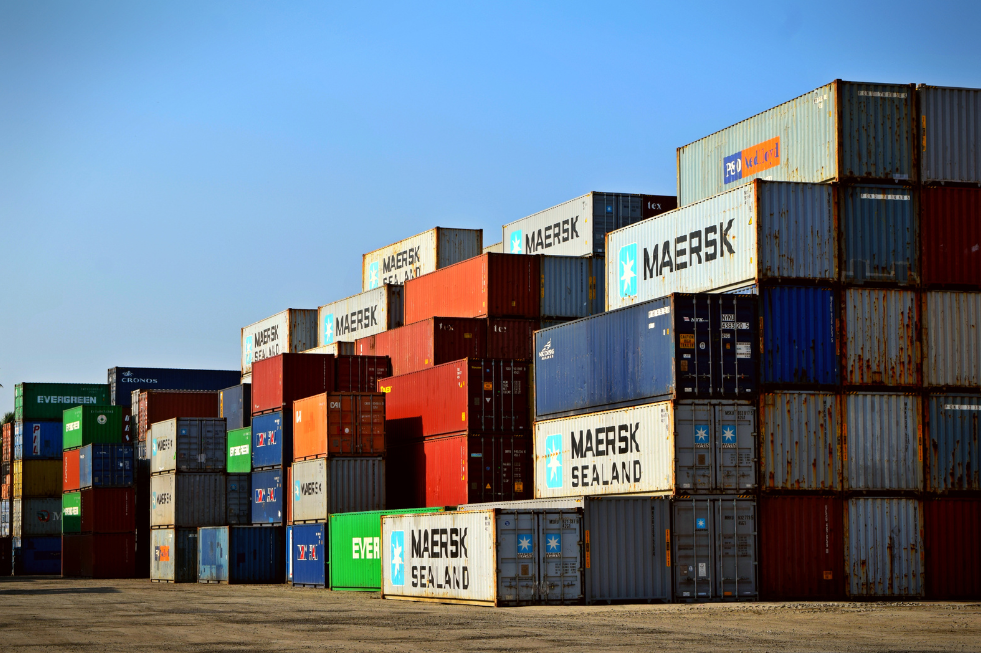Container fumigation is an important step that exporters must comply with to prevent insect infestation and minimize Biosecurity risks imposed by the destination country. It also protects products from contamination by pests that may be present during storage or transportation.
SGT Service (Thailand) Co., Ltd. has compiled five frequently asked questions along with clear and concise answers to help exporters prepare confidently and in full compliance with international fumigation standards.
1. What is container fumigation and what is its purpose?
Container fumigation is the process of introducing a fumigant into a sealed container to eliminate pests such as beetles, borers, weevils, or other insects that may be present in the goods.
Main purposes
● To prevent the spread of quarantine pests that may affect the ecological system of the destination country
● To comply with Biosecurity laws of importing countries such as Australia (DAFF), New Zealand (MPI), China (CIQ), etc.
● To reduce the risk of cargo being rejected or quarantined at the destination port
2. What types of products require container fumigation?
Container fumigation is essential for various types of goods, especially those with high risks of pest contamination or under Biosecurity requirements from destination countries. Products that should or must be fumigated include:
● Products using wood packaging material (WPM) such as wooden pallets, crates, dunnage that have not been heat-treated (HT) under ISPM 15
● Agricultural and food products such as grains, seeds, herbs, and dried raw materials that are prone to insect infestation
● Machinery or metal goods that have cavities or hidden areas that may harbor insects, and may therefore require fumigation
● Products required by the destination country as specified in the L/C (Letter of Credit) or Import Requirements
3. Which fumigant should be used: Phosphine or Methyl Bromide?
Choosing the appropriate fumigant for container fumigation depends on the type of goods, urgency, and destination country requirements. The two commonly used fumigants are Methyl Bromide (MB) and Phosphine (PH3), each with distinct applications
|
Fumigant |
Primary reasons for use |
Fumigation duration |
|
Methyl Bromide (MB) |
- Suitable for operations requiring quick turnaround - Required by many countries - Compliant with ISPM 15 for wood packaging |
Approx. 16-24 hours |
|
Phosphine (PH3) |
- Applicable for general goods and agricultural products - Suitable for non-urgent shipments |
Approx. 3-7 days |
Note: Some countries allow Phosphine sachets to be “hung inside the container during transit,” but exporters must always verify the destination country’s regulations before proceeding.
4. What happens if container fumigation is not performed correctly?
Failure to conduct proper container fumigation according to international standards can lead to severe consequences for exporters:
● Cargo rejection or quarantine at the destination port, causing delivery delays
● Unexpected costs such as penalties, re-fumigation charges at destination, or destruction fees
● Business disruptions affecting your company’s credibility and relationship with overseas buyers
5. How should a container be prepared before fumigation?
Proper preparation ensures effective fumigation and prevents fumigant leakage. Exporters should take the following steps before fumigation:
● Check container condition: The container must be structurally sound, with no holes, and able to be sealed tightly
● Cleanliness: Clean the container to remove contaminants such as soil, dust, plant residues, or insects before fumigation
● Product arrangement: Arrange the goods with adequate spacing to allow proper fumigant circulation
● Packaging: Use packaging that allows gas penetration; avoid untreated natural materials such as straw or organic packing materials
Export with confidence. Ensure professional and compliant fumigation with SGT Service.
Tel: 0-2348-3355-9
Line: @sgtservice






 Tel. :
Tel. :  Fax. :
Fax. :  Email :
Email :